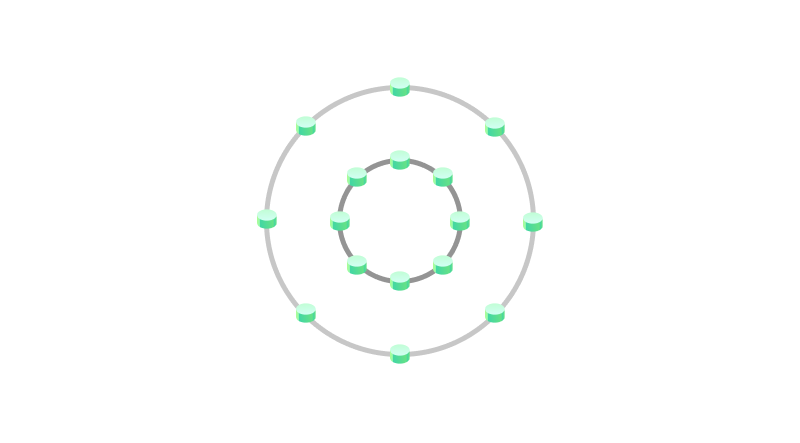Introduction
YouTube recommendations can sometimes lead to surprisingly insightful videos. One such example is the video The BEST Way to Find a Random Point in a Circle by nubDotDev, which was originally submitted to 3blue1brown’s Summer of Math Exposition. This video addresses an interesting problem: How would you write an algorithm to sample points uniformly within a circle?
Before reading this post, I recommend watching the video, as it covers rejection sampling and polar coordinate methods to solve this problem. In the following sections, I will present another solution that neither relies on rejection sampling nor polar coordinates, but instead utilizes the equation of a circle directly. Why would you want to know about all this? I’m not sure, but maybe this simple problem stimulates your curiosity like it did for me, so I recommend doing it for this purpose alone.
As already mentioned, there exist many solutions to this problem, like the rejection-sampling method. This post is about the result of my own ideas of thinking about the problem, but of course, these are not new and can be found in the existing approaches.











